In the early days of the pandemic in March 2020, like many archives and special collections across the nation and world, the IU Archives, in collaboration with Sarah Knott (Sally M. Reahard Professor, Department of History) released a call to document the historic moment that we knew we were entering. Inspired by the Mass Observation project in the United Kingdom, our call similarly asked participants to “to keep a diary of living through the crisis in Indiana. Diarists may type or write by hand, draw, compose poems, gather stories and so forth. No stress needs to be placed on ‘good grammar’, spelling or style. The emphasis is on self-expression, candor and a willingness to be a social commentator.” It is important to note that this project is focused specifically on collecting the observations of individuals associated with Indiana University (including the regional campuses) and residents of Monroe County. Nearly one year into the project, we would like to share a few of the submissions we have received and provide a few updates on future plans.
Submissions
To date the IU Archives has received submissions from over 40 individuals ranging from current undergraduate and graduate students at the Bloomington campus, faculty and staff from the Bloomington, Southeast (New Albany) and IUPUI campuses, and residents of Monroe County. Their self-identified occupations include servers and cashiers; students and instructors; nurses and social workers; visual artists, poets, and authors; court reporters and lawyers; contractors and facilities managers. In addition to these individuals, another 200 have signed up as participants in the project and are still actively documenting their experiences.
While the original call for submissions to this project focused on diaries, in practice these take many different shapes including photographs, videos, and text and offer both creative and documentary perspectives. The vast majority of these are in an electronic form, rather than the handwritten form that we might traditionally associate with diaries. A few visual samples are included throughout this post and below are links to some additional examples:
- “There is nothing I can do but live: COVID19 journal,” spring 2020 Maria Hamilton Bispo de Jesus Abegunde (Founding Director, the Graduate Mentoring Center; Visiting Lecturer, Department of African American and African Diaspora Studies)
- “Escape from the USA,” March 10-18, Szabolcs Laszlo (PhD candidate, IU History Department)
- “Continuing COVID-19, Diary 5,” June 6-July 2, 2020, Carol Edge (Retired editor from the IU Alumni Association; fiction writer/memoirist)
- “Typical Workday During COVID-19,” May 2020 Allan Headley (Facility Operations & Services Director, Kelley School of Business)
- Bloomington Mask Drive webpage (co-founded by Kelly Clark and Nola Hartman)
- Bloomington Projection Project, November 2020 (collaboration between IU Photography MFA students and Bloomington community members)
Next Steps
IU Archives will be accepting submissions to this project for the foreseeable future, and, in collaboration with Sarah Knott, we were recently awarded a grant through the IU College Arts & Humanities Institute (CAHI). As we wrote in our proposal, this additional funding will allow us “to expand our reach deeper into historically under-represented communities, most especially among BIPOC faculty, staff, students and community residents. This matters greatly, given the specificity of everyday racialized experience in this country, as well as the disproportionate impact of COVID-19 on these communities.”
After donation to the IU Archives, staff members accession each contribution with a unique identifier and and record the donor information, including any requested restrictions. For a variety of reasons, many of the individuals who have already donated materials to the project have requested that their submissions remain restricted for a 5-year period or that they remain anonymous with only basic demographic details shared. This is an option that the IU Archives offers participants in an effort to protect their privacy while allowing them to share an honest account of their observations and thoughts.
At this point individual items are routed for appropriate storage. Physical diaries and photographs are placed in acid-free folders and sent to the IU Libraries’ Auxiliary Library Facility for storage in an environment with temperature and humidity controls. Contributions such as websites, YouTube videos, and other material published on the Web are captured via Archive-It, while other born-digital documents such as digital photographs and text files are preserved in the Scholarly Data Archive. Once we move past the collecting phase, this collection will be processed and described in the applicable access points (including Archives Online, Image Collections Online, and Archive-It), and we hope to be able to develop an access portal that will connect all the components of this collection into one searchable interface.
As mentioned, we are still actively collecting for this project. Further information about how you can contribute can be found at https://libraries.indiana.edu/coronavirus-days-archive-story.
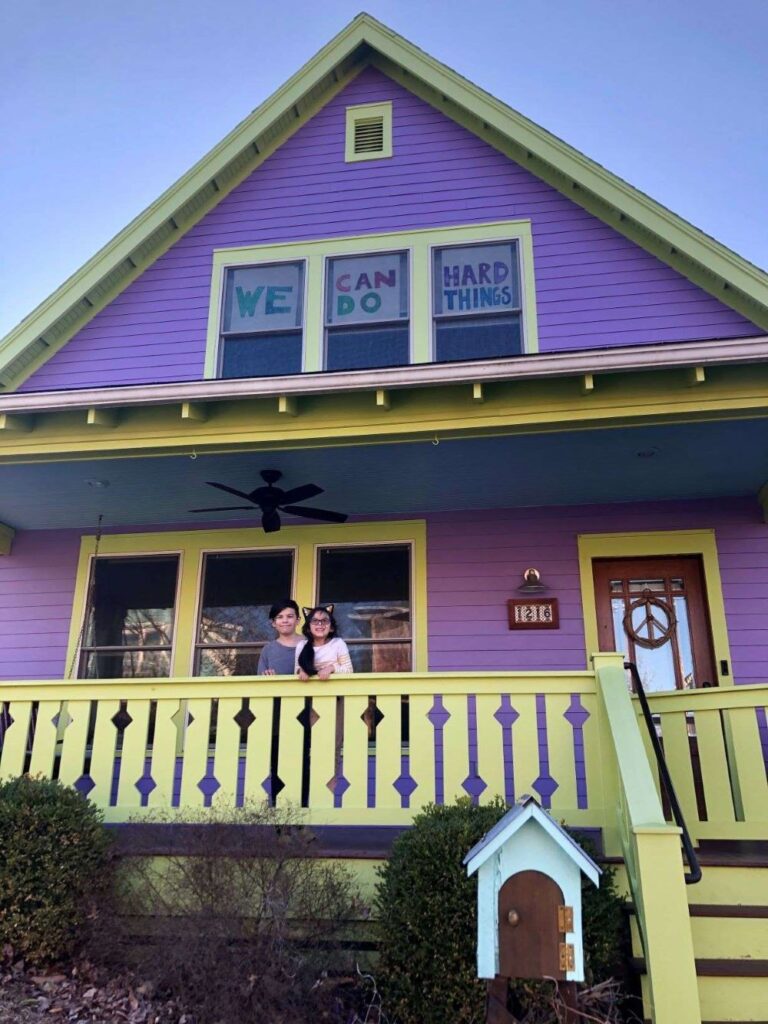

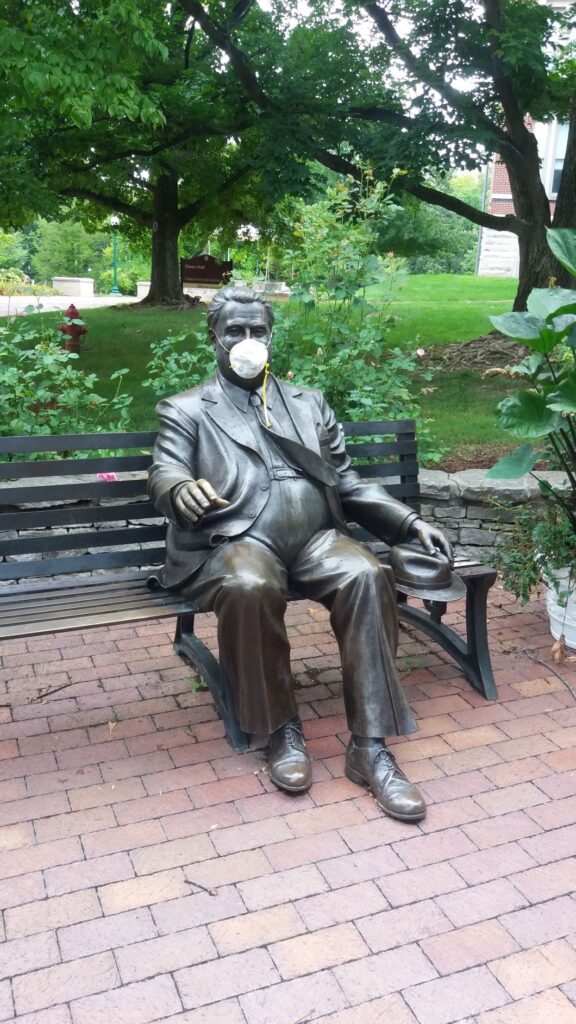
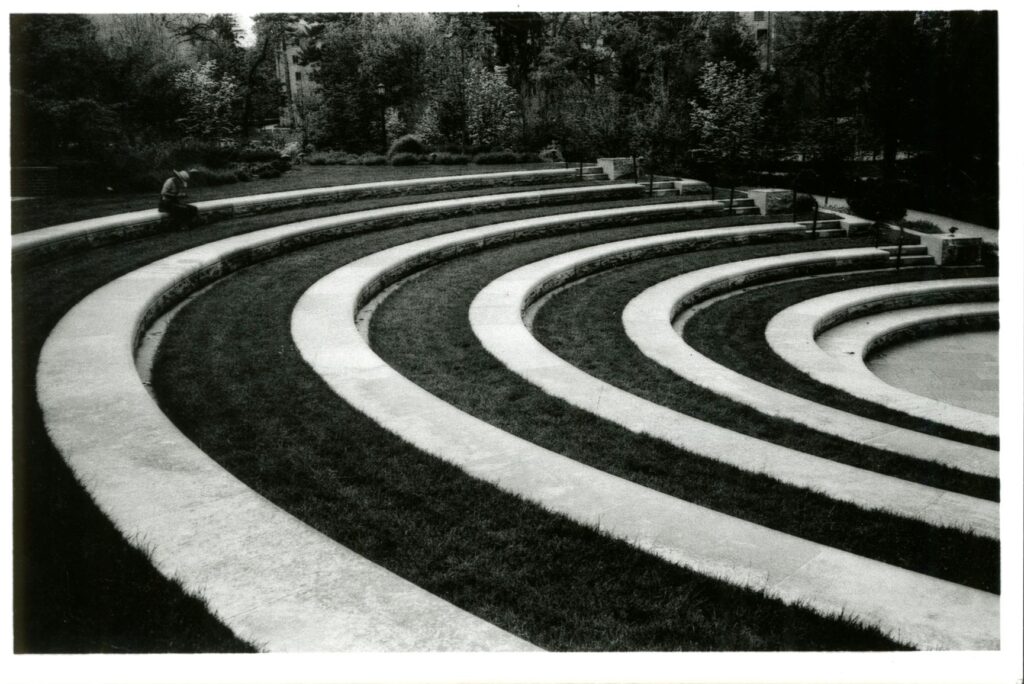
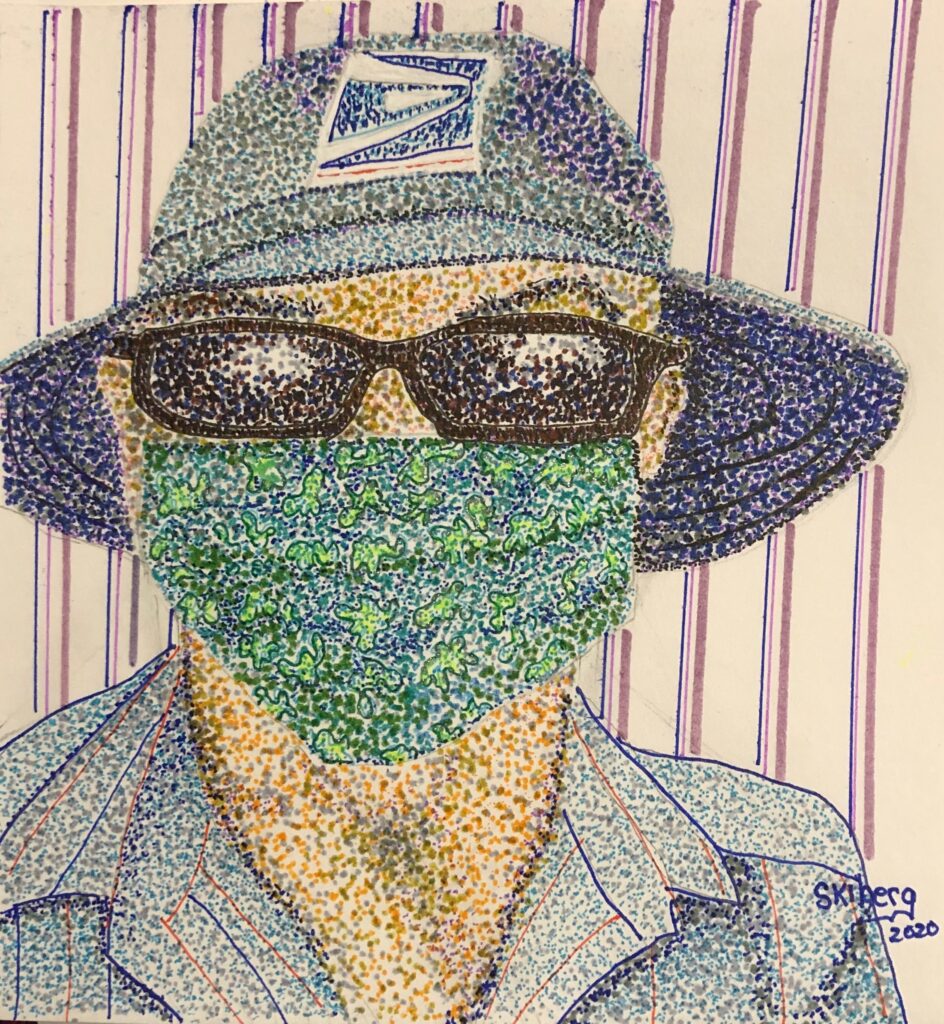

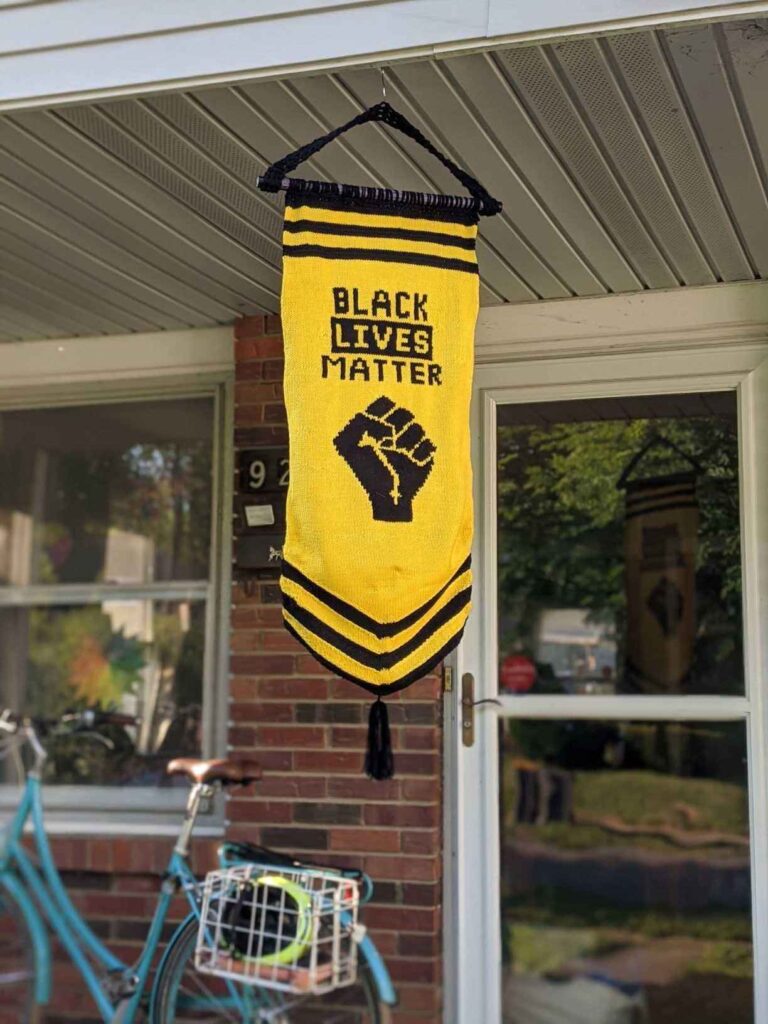
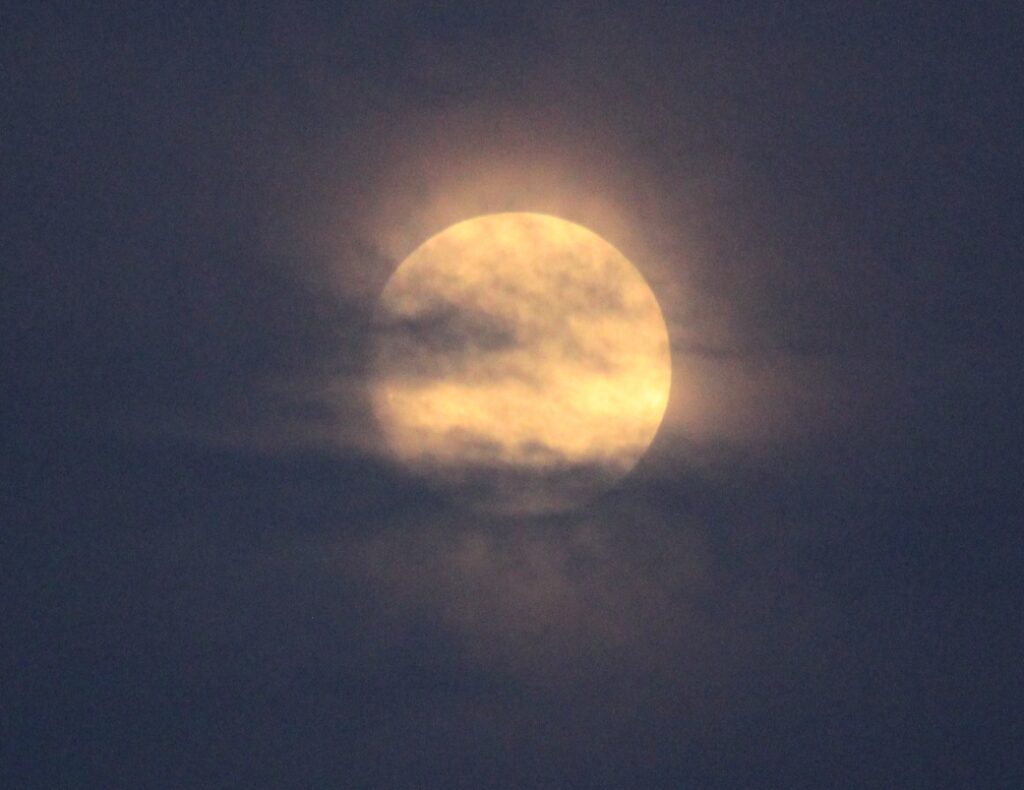
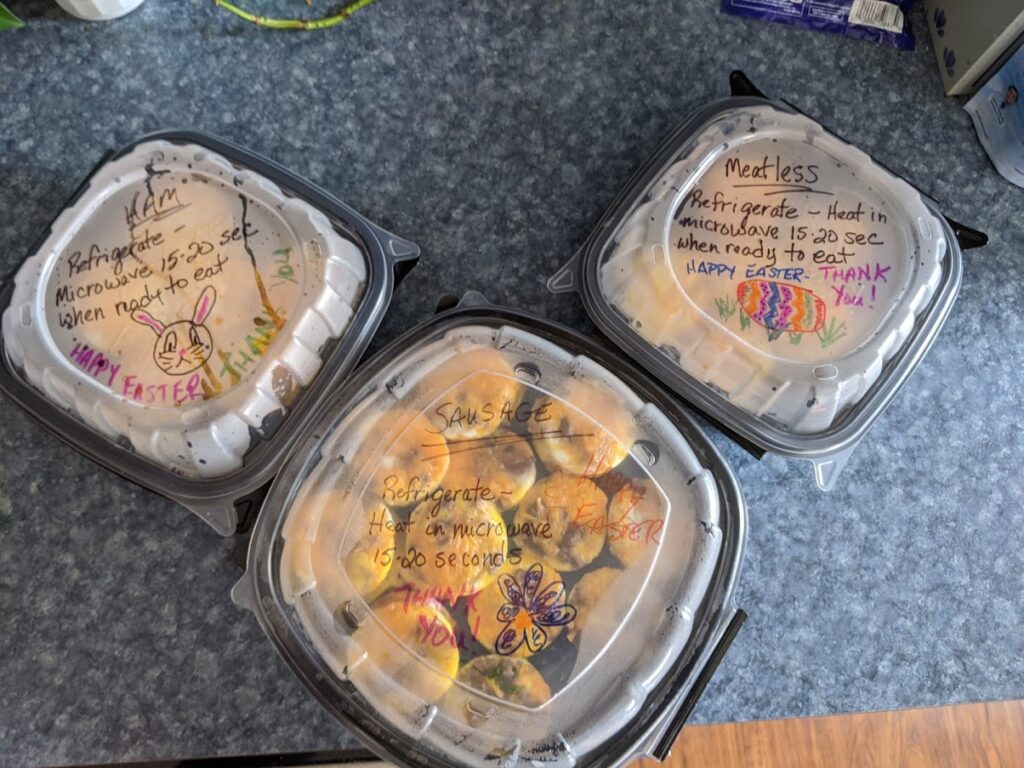
1 Comment
I would indeed love to read every approved submission on Covid 19